How can be represented artistically and creatively "how nature affects"? Already more than 30 exemplary examples are given in this pool. You may take it as ressources for further activities. On request, we can tell you more about the details.
- We are successively expanding the pool with more ideas as well as links to further sources and materials.
- The ideas are to be discussed and commented on. We look forward to a lively exchange of ideas and experiences.
- For those who want to implement their own ideas, we are happy to provide advice and support as far as possible.
 At the time we run an intercultural elementary scenic and musical stage-project with Ukraine an Austrian children about the picture-book story "Die Kinderbrücke" (The Children's Bridge).
At the time we run an intercultural elementary scenic and musical stage-project with Ukraine an Austrian children about the picture-book story "Die Kinderbrücke" (The Children's Bridge).
If you contact us we will be pleased to inform you about more details. However, we express artistical-creatively , "how nature affects", how people express themselves, involved into situations as too much rain or drought, as good or bad weather conditions. We do not focus on imitating natural sounds but our feelings and our consternation.- Anselm Kiefer created the new cycle of works ‘Mein Rhein’ (My Rhine). Kiefer's statement ‘The Rhine is part of my being’ also reflects his unmistakable reference to nature near the banks. For me, the writing on the upper borders of the paintings ‘Anselm fuit hic’ (Anselm was here) is biographical evidence. - Nature is changed every day. What will the familiar natural places look like after a few decades? Painting fiction, one could call such pictorial projects... If you were unable to visit the exhibition, you can look it up -> A. Kiefer, Mein Rhein
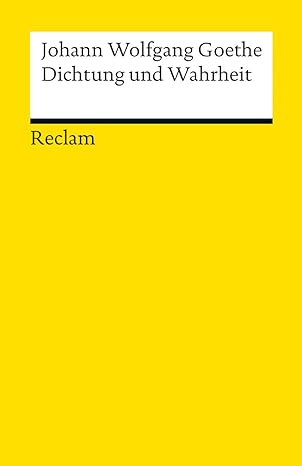 Johann Wolfgang von Goethe describes in “Aus meinem Leben. Dichtung und Wahrheit”, Part 2, Book 8, how he felt after an impressive contemplation of a painting: ”It was the first time that I became aware to such a high degree of the gift which I subsequently practiced with more consciousness, namely, to see nature through the eyes of this or that artist whose works I had just payed special attention to. This ability gave me much delight, but also increased my desire to eagerly pursue from time to time the practicing of a talent that nature seemed to have denied me.” [Transl. G.H.] An incentive to follow? If it was worthwhile for Goethe, then all the more so, we think. We would be delighted to link the relevant experiences that are shared with us.
Johann Wolfgang von Goethe describes in “Aus meinem Leben. Dichtung und Wahrheit”, Part 2, Book 8, how he felt after an impressive contemplation of a painting: ”It was the first time that I became aware to such a high degree of the gift which I subsequently practiced with more consciousness, namely, to see nature through the eyes of this or that artist whose works I had just payed special attention to. This ability gave me much delight, but also increased my desire to eagerly pursue from time to time the practicing of a talent that nature seemed to have denied me.” [Transl. G.H.] An incentive to follow? If it was worthwhile for Goethe, then all the more so, we think. We would be delighted to link the relevant experiences that are shared with us.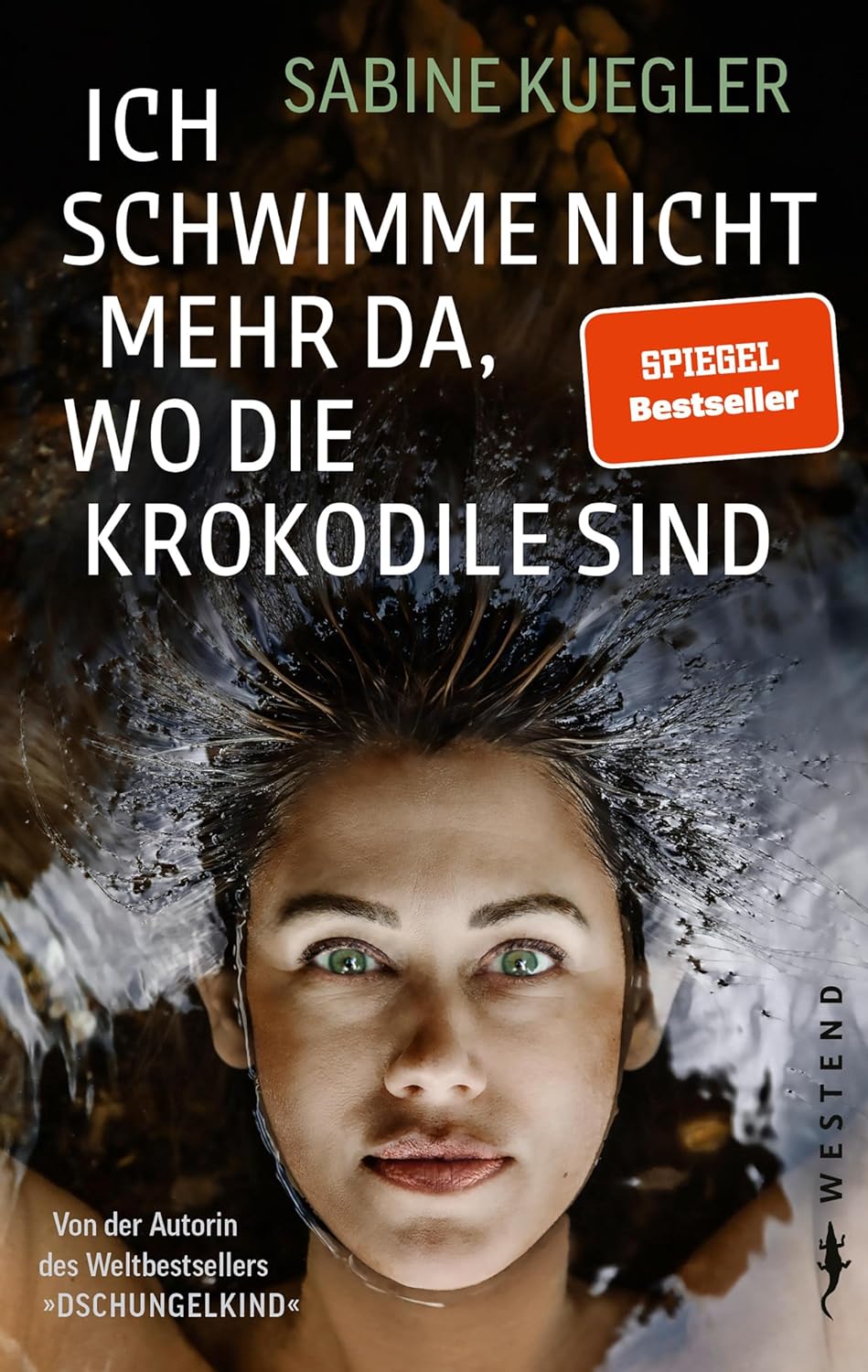 "Calmness prevails in the jungle, nature sets the soundscape and colours," says author Sabine Kuegler, looking back on her life in the Indonesian jungle. When she returned to the West, she fell ill. After her return and immersion in the healing rituals of the indigenous people, she recovered. However, we think it is enlightening to study the cultural background of the rituals - without setting the contrasting worlds against each other. Maybe someone else besides us is interested. Source: DiePresse 14.04.2024, p.33. Literature: "Ich schwimme nicht mehr da, wo die Krokodile sind" [I no more swim where the crocodiles live], Westend-Verlag, 2023
"Calmness prevails in the jungle, nature sets the soundscape and colours," says author Sabine Kuegler, looking back on her life in the Indonesian jungle. When she returned to the West, she fell ill. After her return and immersion in the healing rituals of the indigenous people, she recovered. However, we think it is enlightening to study the cultural background of the rituals - without setting the contrasting worlds against each other. Maybe someone else besides us is interested. Source: DiePresse 14.04.2024, p.33. Literature: "Ich schwimme nicht mehr da, wo die Krokodile sind" [I no more swim where the crocodiles live], Westend-Verlag, 2023-
DDr. Madalina Diocanu, a private lecturer at the University of Vienna, says, "If an atmosphere is felt physically on site, weather conditions and weather phenomena can create meaningful moods", and calls for the inclusion of aesthetics into climate research. (This definitely corresponds to our polyaesthetic intention.) In this way, amateurs are already working with videos and photos from the Central Institute for Meteorology and Geodynamics (ZAMG). And M. Diaconu writes in our educational diary: "Cultivating perception sharpens our sense of the atmospheric." (Die Furche 11, 17.03.2022) We support this enthusiastically, also by making contact.
-
 Children and young people composed songs about their griefs, their sorrows and heartfelt wishes as contributions of the Song Contest for Children's and Youth's Rights of the Children and Youth Advocacy Salzburg. IGPE, involved by Gerhard Hofbauer, was proud to invite some groups at one of the symposiums. The songs focus on themes of awareness of nature ("The Nature is in Danger") as on the human beeing itself. The final presentation may be reviewed on youtube: https://youtu.be/xaJ1kxNYgvU. Those young people who intend to compose more songs we would be proud to support pedagogically as far as we can.
Children and young people composed songs about their griefs, their sorrows and heartfelt wishes as contributions of the Song Contest for Children's and Youth's Rights of the Children and Youth Advocacy Salzburg. IGPE, involved by Gerhard Hofbauer, was proud to invite some groups at one of the symposiums. The songs focus on themes of awareness of nature ("The Nature is in Danger") as on the human beeing itself. The final presentation may be reviewed on youtube: https://youtu.be/xaJ1kxNYgvU. Those young people who intend to compose more songs we would be proud to support pedagogically as far as we can. -
"Giving nature its proper space" posts the consumer-oriented lifestyle magazine falstaff [www.falstaff.at] to its August issue. "Nature has meanwhile advanced to an important component in our lives..." it states on the same page. The "meanwhile" surprises. Finally natured arrived here, too? We would appreciate to evoke individual answers, artistically expressed, from those young people who deal with this approach in a consumer-critical way and tell us how they would like to be "touched by nature".
-
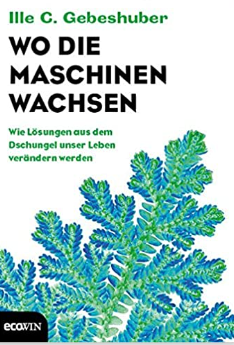 An inspiring dialog arose from an encounter with the physicist (!) Ille C. Gebeshuber. Her field of expertise, bionics, means "learning from animate nature for applications in natural science, technology, architecture and art" (p. 37). She credits her discovery of certain diatoms, for example, to the initially cursed, then praised water snails that ate everything else in the aquarium (pp. 44-48). Following Gebshuber's footsteps has many such surprises. State of the art technology developers are their enthusiastic customers. How innovative! I particularly recommend Gebeshuber's research approach "Innovision": look accurately - allow yourself time - and the "3D" principle "discover - determine - design". This opens up the worlds of aesthetic approach. And anyone who presents this artistically is right up there with the rest. We make the contact with I.C. Gebeshuber. Quotes are taken from 2016, Where the machine grows. How solutions from the jungle will change our lives. Vienna: Ecowin at Red Bull Media House, Wals, Salzburg.
An inspiring dialog arose from an encounter with the physicist (!) Ille C. Gebeshuber. Her field of expertise, bionics, means "learning from animate nature for applications in natural science, technology, architecture and art" (p. 37). She credits her discovery of certain diatoms, for example, to the initially cursed, then praised water snails that ate everything else in the aquarium (pp. 44-48). Following Gebshuber's footsteps has many such surprises. State of the art technology developers are their enthusiastic customers. How innovative! I particularly recommend Gebeshuber's research approach "Innovision": look accurately - allow yourself time - and the "3D" principle "discover - determine - design". This opens up the worlds of aesthetic approach. And anyone who presents this artistically is right up there with the rest. We make the contact with I.C. Gebeshuber. Quotes are taken from 2016, Where the machine grows. How solutions from the jungle will change our lives. Vienna: Ecowin at Red Bull Media House, Wals, Salzburg.  Mag.a Alrun Pacher works artistically with children and young people on "sounds and colours". More than connecting the two artistic media of expression, she addresses the relationship between perceptions and impressions of the natural and cultural environment in general as impetus for artistic avtivities. Reflection on the works of Paul Klee or the compositions of contemporary composers play a special role in her didactics. The contribution was presented at the Int. Polyaisthesis Symposium 2020. A full text version is available. At the time A. Pacher is contributor to the project "Kulturhauptstadt [Cultural Metropole] Bad Ischl - Salzkammergut, 2024.
Mag.a Alrun Pacher works artistically with children and young people on "sounds and colours". More than connecting the two artistic media of expression, she addresses the relationship between perceptions and impressions of the natural and cultural environment in general as impetus for artistic avtivities. Reflection on the works of Paul Klee or the compositions of contemporary composers play a special role in her didactics. The contribution was presented at the Int. Polyaisthesis Symposium 2020. A full text version is available. At the time A. Pacher is contributor to the project "Kulturhauptstadt [Cultural Metropole] Bad Ischl - Salzkammergut, 2024.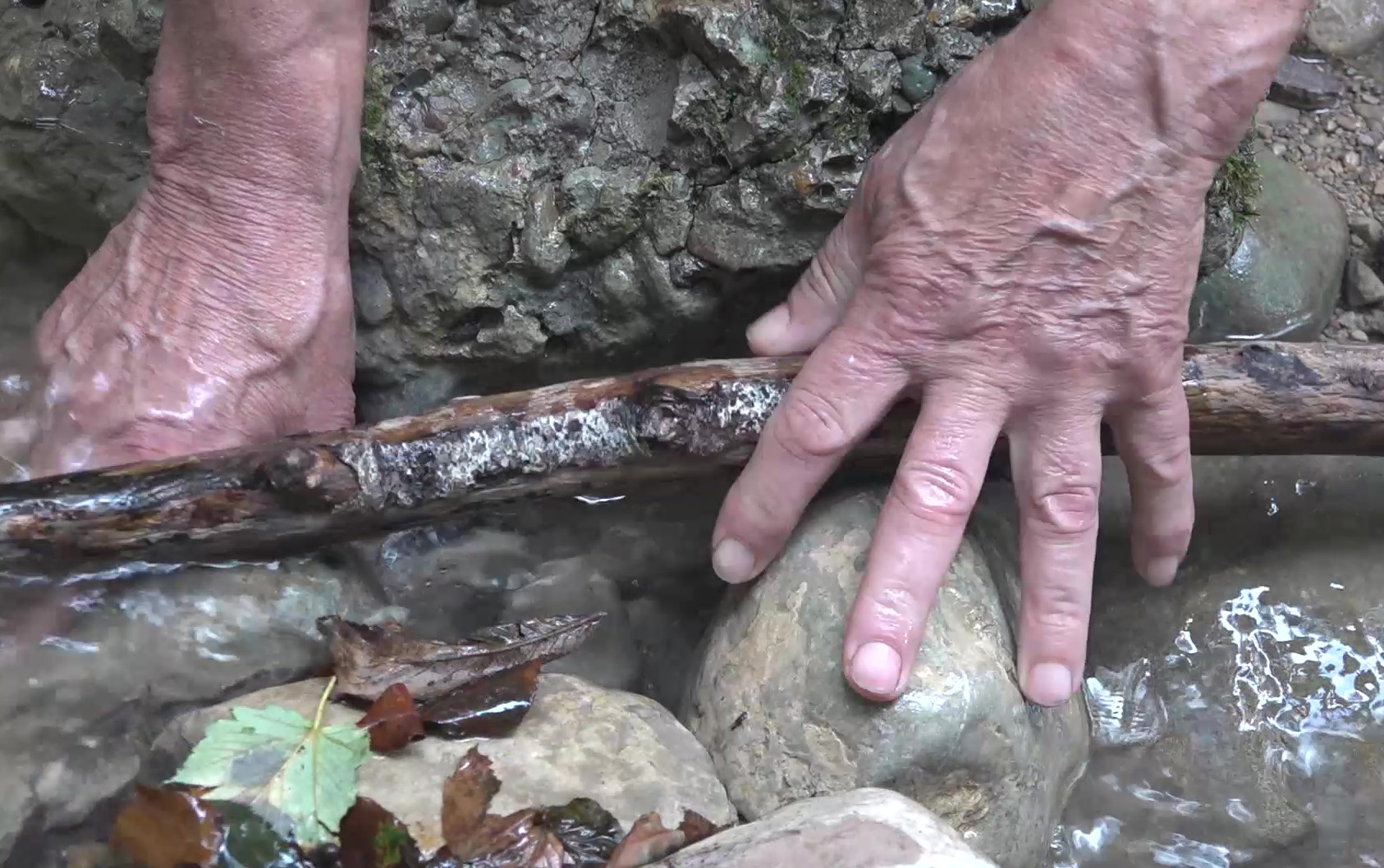 Gerhard Laber experimented with natural sounds and effects in a natural cave with flowing water in the park "Salzburg-Aigen". Correspondingly, he added sounds, improvising due to the sillable structure of the Japanese haiku. The results were presented at the Int. Polyaisthesis Symposium 2020 as video-films.
Gerhard Laber experimented with natural sounds and effects in a natural cave with flowing water in the park "Salzburg-Aigen". Correspondingly, he added sounds, improvising due to the sillable structure of the Japanese haiku. The results were presented at the Int. Polyaisthesis Symposium 2020 as video-films. 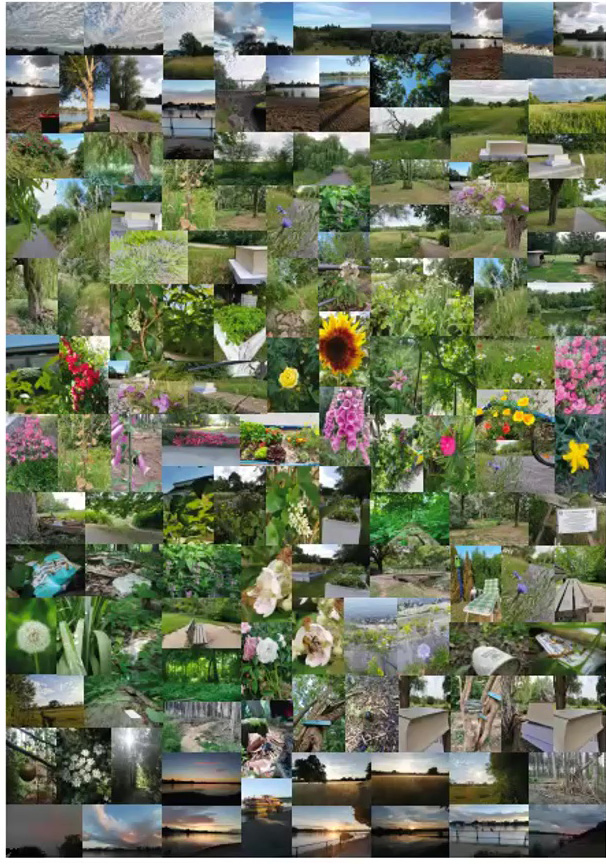 Students of DDr. Dietmar Jürgens, professor for Aesthetic Education at the Catholic University of Applied Sciences North Rhine-Westphalia in Cologne worked on the task "Nature as a Site of Aesthetic Education". In his summary, DDr. Jürgens presented at the Int. Polyaisthesis Symposium 2020 the divergent approaches which his students had worked out. Since then a couple of similar projects have been realized. We can inform about further details.
Students of DDr. Dietmar Jürgens, professor for Aesthetic Education at the Catholic University of Applied Sciences North Rhine-Westphalia in Cologne worked on the task "Nature as a Site of Aesthetic Education". In his summary, DDr. Jürgens presented at the Int. Polyaisthesis Symposium 2020 the divergent approaches which his students had worked out. Since then a couple of similar projects have been realized. We can inform about further details. 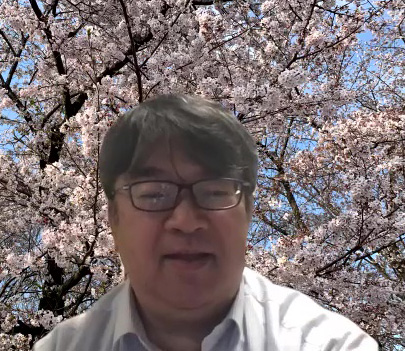 Dr. Masayuki Nakaji, Professor of Music Education at Gakugej University Tokyo, investigated Japanese children's song lyrics for their connection with nature. The aesthetic inclusion of natural phenomena is a standard of Japanese cultural tradition. But do modern Japanese youths feel the same way? - And how do European youths deal with it, asks Prof. Nakaji. However, we will support the communication with Tokyo. Please see also the new contribution of Gakugei University "Workout 1". At the moment we are preparing the visit of Prof. Nakaji in Salzburg, May 2024.
Dr. Masayuki Nakaji, Professor of Music Education at Gakugej University Tokyo, investigated Japanese children's song lyrics for their connection with nature. The aesthetic inclusion of natural phenomena is a standard of Japanese cultural tradition. But do modern Japanese youths feel the same way? - And how do European youths deal with it, asks Prof. Nakaji. However, we will support the communication with Tokyo. Please see also the new contribution of Gakugei University "Workout 1". At the moment we are preparing the visit of Prof. Nakaji in Salzburg, May 2024.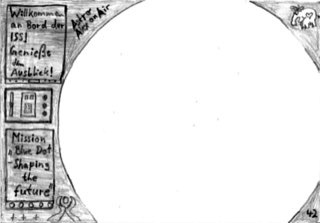 To make the view of the earth from the perspective of astronauts fruitful for an interdisciplinary educational context is the intention of the German educator of religion and media scientist Ulrich Kumher. We are happy to provide the graphic worksheet in original size. The edition of the full text is in progress. We would be glad to support your interest.
To make the view of the earth from the perspective of astronauts fruitful for an interdisciplinary educational context is the intention of the German educator of religion and media scientist Ulrich Kumher. We are happy to provide the graphic worksheet in original size. The edition of the full text is in progress. We would be glad to support your interest.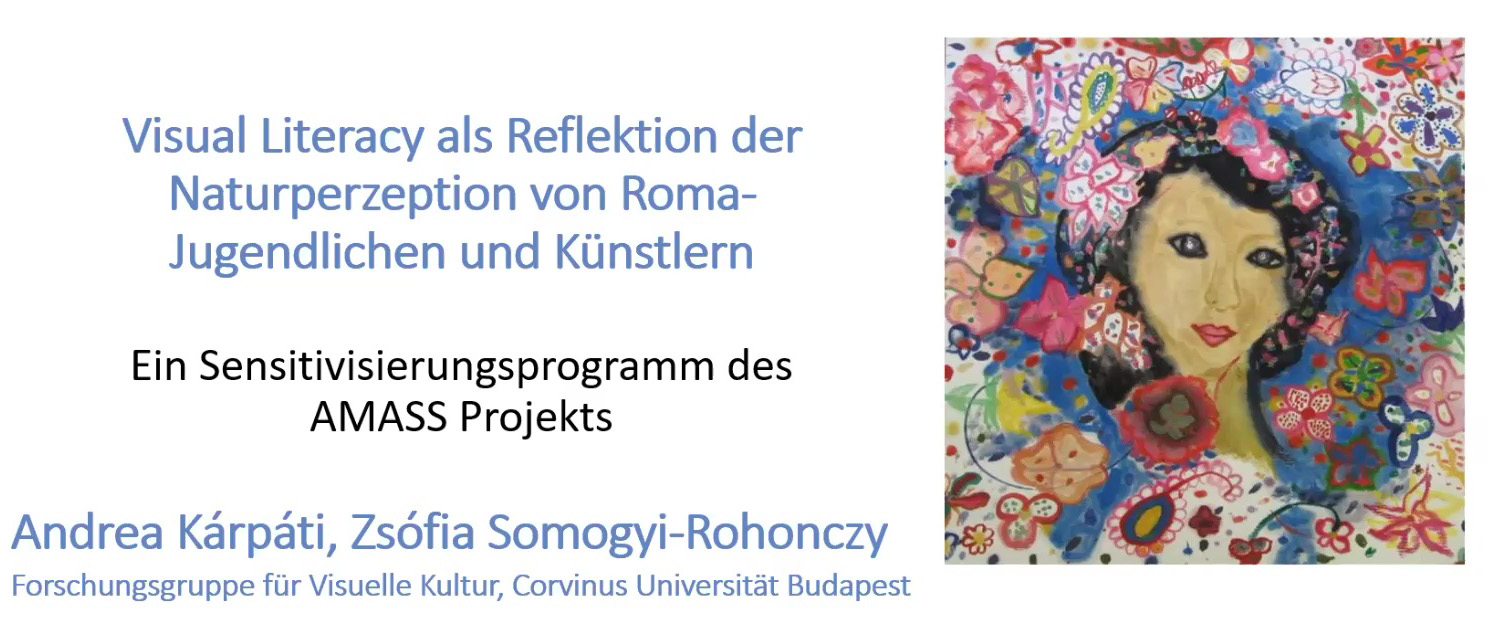 Visual Literacy is the research area of Prof. Dr. Andrea Kárpáti at Corvinius University Budapest. At the Int. Polyaisthesis Symposium 2020, she presented reflections on the perception and experience of nature by Roma youth and artists. The deeper, in-depth engagement with their artistic representations opens up new, positively guided approaches. This creates new perspectives for intercultural encounters - also elsewhere than in Hungary. A wealth of artistic examples is available.
Visual Literacy is the research area of Prof. Dr. Andrea Kárpáti at Corvinius University Budapest. At the Int. Polyaisthesis Symposium 2020, she presented reflections on the perception and experience of nature by Roma youth and artists. The deeper, in-depth engagement with their artistic representations opens up new, positively guided approaches. This creates new perspectives for intercultural encounters - also elsewhere than in Hungary. A wealth of artistic examples is available.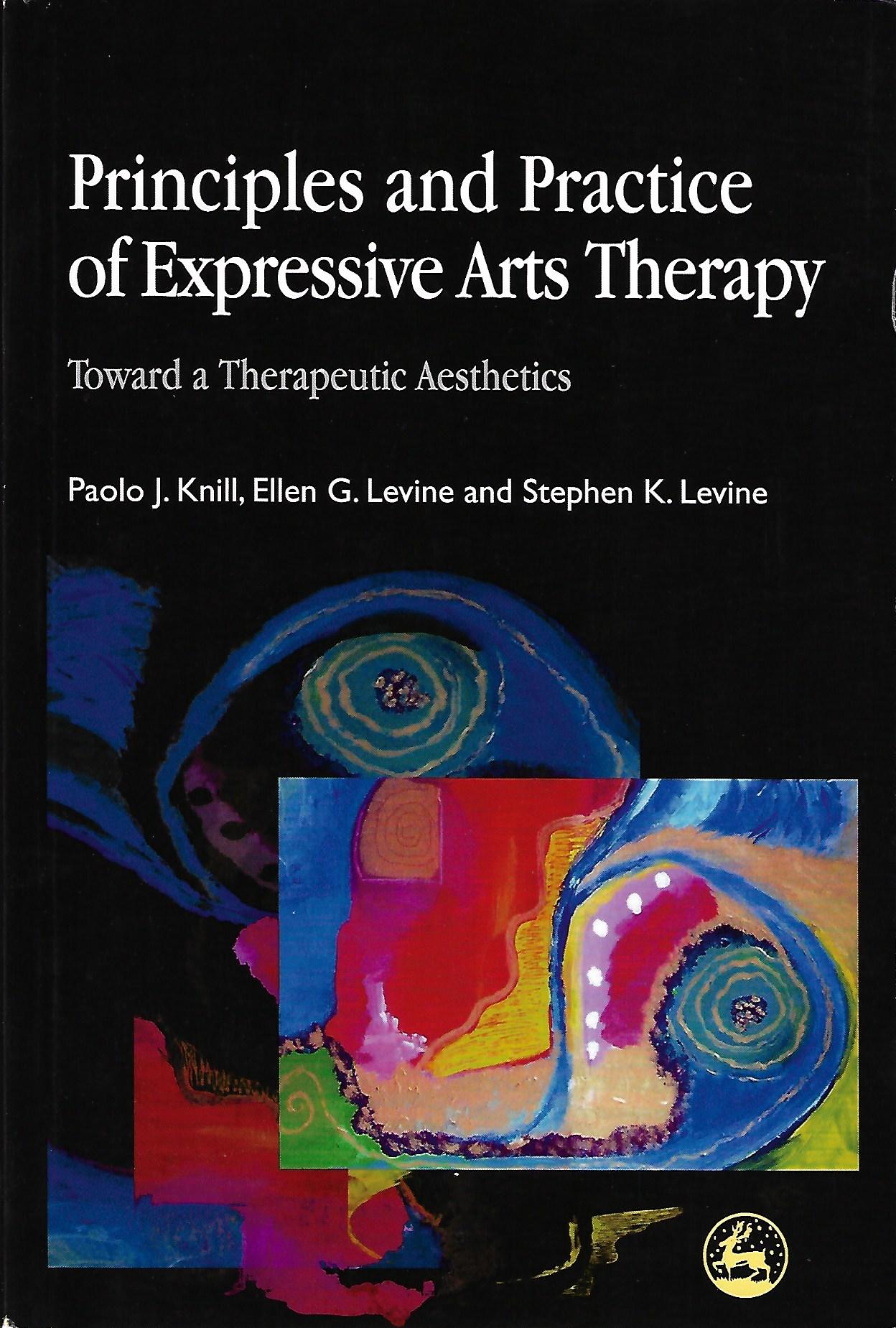 "Expressive Arts" is a methode of aesthetic education at the European Graduate School in Saas Fee in the Swiss Valais which connections worldwide. Originally founded with an art-therapeutic approach, Expressive Arts today deals with the fundamental possibilities of expressing people's emotional problems, spiritual needs and desire through artistic action, transforming them into diverse modalities of artistic expression. Relationship to nature is an essential content. We are in steady contact with Barbara Hielscher-Witte, director of the Expressive Arts Institute Berlin, and with the staff in Saas Fee. Please do not hesitate to ask for further information.
"Expressive Arts" is a methode of aesthetic education at the European Graduate School in Saas Fee in the Swiss Valais which connections worldwide. Originally founded with an art-therapeutic approach, Expressive Arts today deals with the fundamental possibilities of expressing people's emotional problems, spiritual needs and desire through artistic action, transforming them into diverse modalities of artistic expression. Relationship to nature is an essential content. We are in steady contact with Barbara Hielscher-Witte, director of the Expressive Arts Institute Berlin, and with the staff in Saas Fee. Please do not hesitate to ask for further information.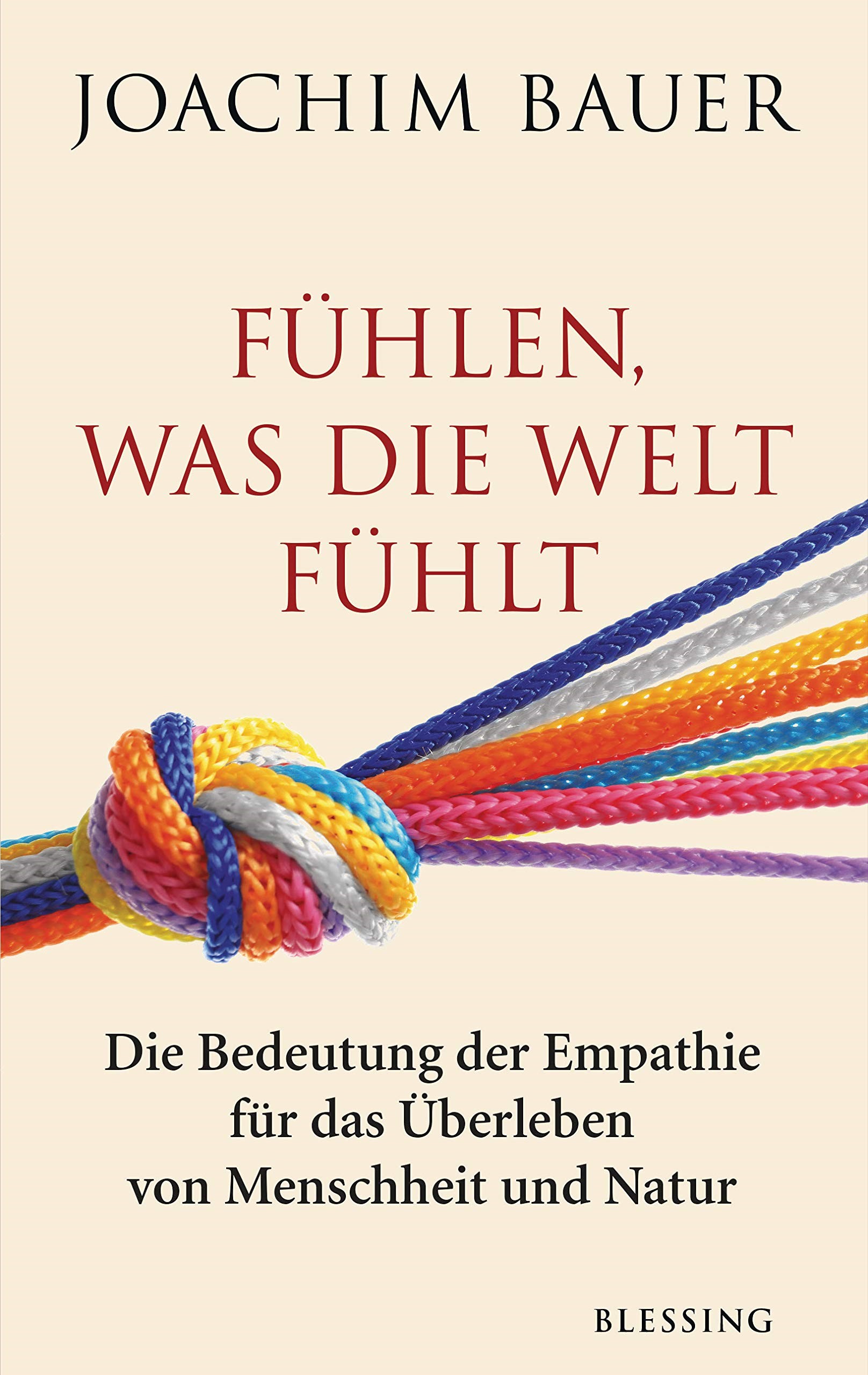 Prof. Dr. Joachim Bauer says in his book "Fühlen, was die Welt fühlt." about the importance of empathy for the survival of humanity and nature, that modern individuals may have cut themselves off from an inner connection with nature to the same extent as things like the smartphone become a part of their self. That leads to our questions, how can "inner connectedness with nature" or cutting off from it be expressed artistically? Polyesthetic Education contacted Prof. Bauer and may help with further information. The following three ideas also relate to the quoted book.
Prof. Dr. Joachim Bauer says in his book "Fühlen, was die Welt fühlt." about the importance of empathy for the survival of humanity and nature, that modern individuals may have cut themselves off from an inner connection with nature to the same extent as things like the smartphone become a part of their self. That leads to our questions, how can "inner connectedness with nature" or cutting off from it be expressed artistically? Polyesthetic Education contacted Prof. Bauer and may help with further information. The following three ideas also relate to the quoted book.- Where does our "own nature" stop? Not at the borders of our skin, according to Joachim Bauer (op. cit., 28). Smart phones and social media accounts are part of our "extended self". This provides an interesting playing field for the visual arts, dance and drama!
- The first festivals of man were festivals in nature, with nature and for nature, Joachim Bauer reminds us and asks for reasons why nature on the brink and the feelings we experience in it occur so little in the field of contemporary culture, music, theatre, poems or novels of our day. (op. cit., 142) Artistic-creative speculation suits young people, we think. We call for this and support new initiatives where we can.
-
Joachim Bauer encourages to reorient ourselves in our inner attitude and with our behaviour towards nature. Because nature is not only a habitat for humans, it can serve them as a tremendous medical and social resource. Bauer emphasises, human health, good human coexistence and the preservation of nature are in a triangular relationship of reciprocity (op. cit., 150). How can this message be expressed artistically and creatively? We are ready to support new ideas and projects.
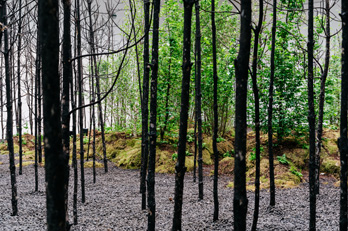 The artist group SUPERFLUX has installed 100 charred trees and a green sprouting island of plants inside the area at the MAK in Vienna. The ORF reported about the SUPERFLUX's message, we had to change ourselves and the way we see nature completely. - In the meantime cole-burned trees are reality. Maybe nature has a chance of survival at least in the museum? - We encourage to express the task creatively and artisticly and are ready to give our support. [We are in contact with SUPERFLUX and also have more pictures. Here is the link to the -> exhibition at the MAK]
The artist group SUPERFLUX has installed 100 charred trees and a green sprouting island of plants inside the area at the MAK in Vienna. The ORF reported about the SUPERFLUX's message, we had to change ourselves and the way we see nature completely. - In the meantime cole-burned trees are reality. Maybe nature has a chance of survival at least in the museum? - We encourage to express the task creatively and artisticly and are ready to give our support. [We are in contact with SUPERFLUX and also have more pictures. Here is the link to the -> exhibition at the MAK]-
Netz des Lebens – Kreisläufe – Sonnenenergie, als Impulse für künstlerische Ideen und Ausdruck.
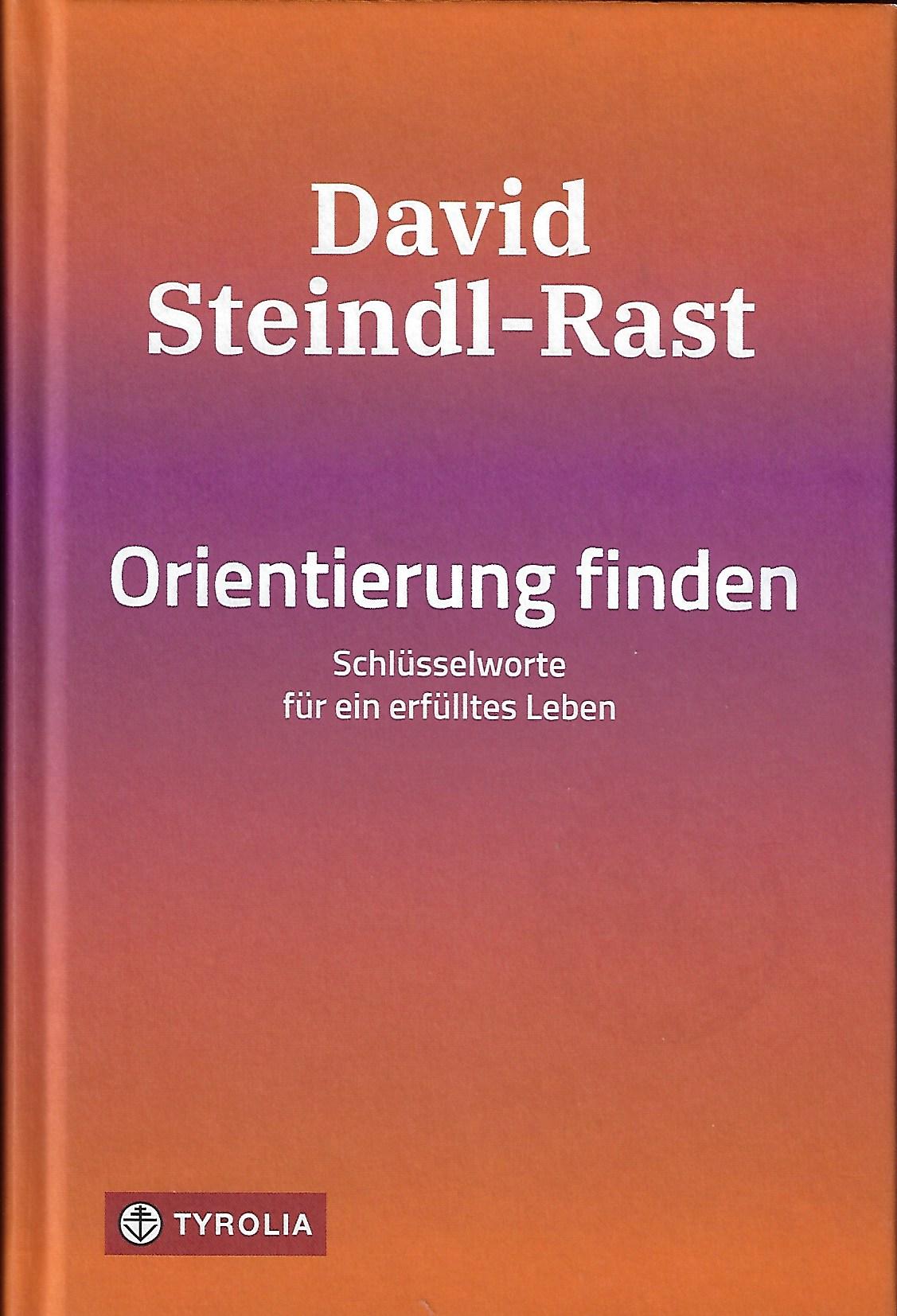 Fritjof Capra defined the term "Ecoliteracy". Nature works according to the three basic principles of networking, recycling and dependence on solar energy. The Benedictine monk and mystic David Steindl-Rast quotes the physicist and systems theorist: "The basic organisational form of life is the network. Materia constantly circles through the network of life. All ecological cycles are maintained by ... solar energy." We think that could be expressed by fine arts, dance, music and scenery excellently.
Fritjof Capra defined the term "Ecoliteracy". Nature works according to the three basic principles of networking, recycling and dependence on solar energy. The Benedictine monk and mystic David Steindl-Rast quotes the physicist and systems theorist: "The basic organisational form of life is the network. Materia constantly circles through the network of life. All ecological cycles are maintained by ... solar energy." We think that could be expressed by fine arts, dance, music and scenery excellently. -
David Steindl-Rast concludes referring to Capra: "Becoming eco-conscious in the sense of ecoliteracy is the most urgent task for humanity today. Our survival as a species depends on using nature as a model for the design of our communities, our social institutions and our technologies. Training our eco-consciousness will first give us intellectual insights, but must also engage our will and emotions. This requires that we are well informed about nature and its principles of life. Information, however, must lead to action, and this can only be achieved through willing and determined personal commitment. [...] Personal and social life can only flourish if it is attuned to the harmony of life and nature - the alternative is self-destruction." (Steindl-Rast, David: Finding Orientation. Key words for a fulfilled life. Innsbruck, 2021, p. 50 f.) We think this is ready made for a interdisciplinary project of science i.e. philosophy and the arts.
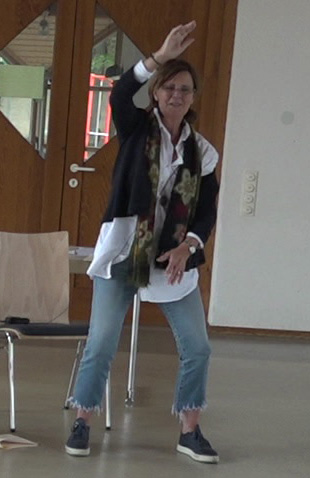 Ingrid Sitzenstuhl's breath therapy exercises help you to trace the "Experiential Breath" as a natural phenomenon. Based on the Breath School according to Ilse Middendorf, the breath therapist guides us to deeper self-awareness. We were present at the workshop at the Int. Polyaisthesis Symposium 2020 and can provide further information and establish contact.
Ingrid Sitzenstuhl's breath therapy exercises help you to trace the "Experiential Breath" as a natural phenomenon. Based on the Breath School according to Ilse Middendorf, the breath therapist guides us to deeper self-awareness. We were present at the workshop at the Int. Polyaisthesis Symposium 2020 and can provide further information and establish contact.- The Tyrolean percussionist Manu Delago says about his new project "Liquid Hands": "When I decided to make an album incorporating the sound of our environment, it was pretty clear that I had to include the mighty element of water. I started by experimenting with various water percussion sounds recorded with an underwater microphone but I soon realised that the track needed a visual component as well, so I invited the choreographer Cornelia Voglmayr to work on ‘Liquid Hands’ with me. Our aim was to create a musical interplay between nature and humans in which the sound of water is featured but also visibly compelling."
His Video-Clip -> "Liquid Hands" is inspiring. Creative composing oft "water music" is a wide field of artistic expression. How to create a "liquide" sounding environment refers back to the contribution of Gerhard Laber as mentioned above. - We entered into an interesting dialogue with Professor Walter Ötsch. The economist, who teaches at the Cusanus University in Germany, among other places, is currently researching questions of imagination from both a current and historical perspective asking how the people of the early Middle Ages did perceive the world. A historic artistic project could express the answers of young people to this question creatively!
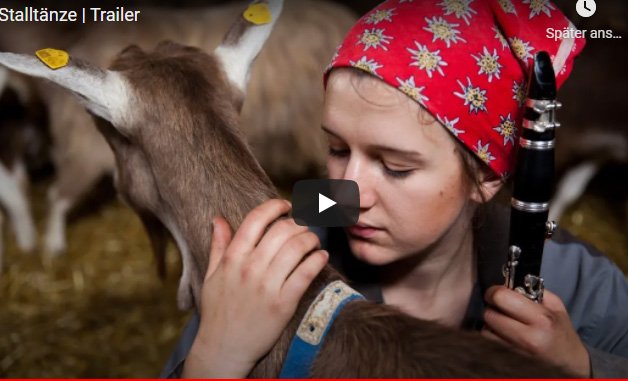 In her project "Stalltänze" (stable-dance), the clarinettist and perfomer Barbara Maria Neu addresses the borderlines between rural confrontation with nature and agricultural cultural work. This gives rise to dialogical correspondences between artistic sound actions and "natural behaviour" of the chosen environment. The performance was shown at the BORG Mittersill as part of the Composers' Forum Mittersill. A short -> stage video and a -> trailer can be viewed on her -> website/Stable Dances. Plot enough for interdisciplinary studies and artistic expressive projects!
In her project "Stalltänze" (stable-dance), the clarinettist and perfomer Barbara Maria Neu addresses the borderlines between rural confrontation with nature and agricultural cultural work. This gives rise to dialogical correspondences between artistic sound actions and "natural behaviour" of the chosen environment. The performance was shown at the BORG Mittersill as part of the Composers' Forum Mittersill. A short -> stage video and a -> trailer can be viewed on her -> website/Stable Dances. Plot enough for interdisciplinary studies and artistic expressive projects!-
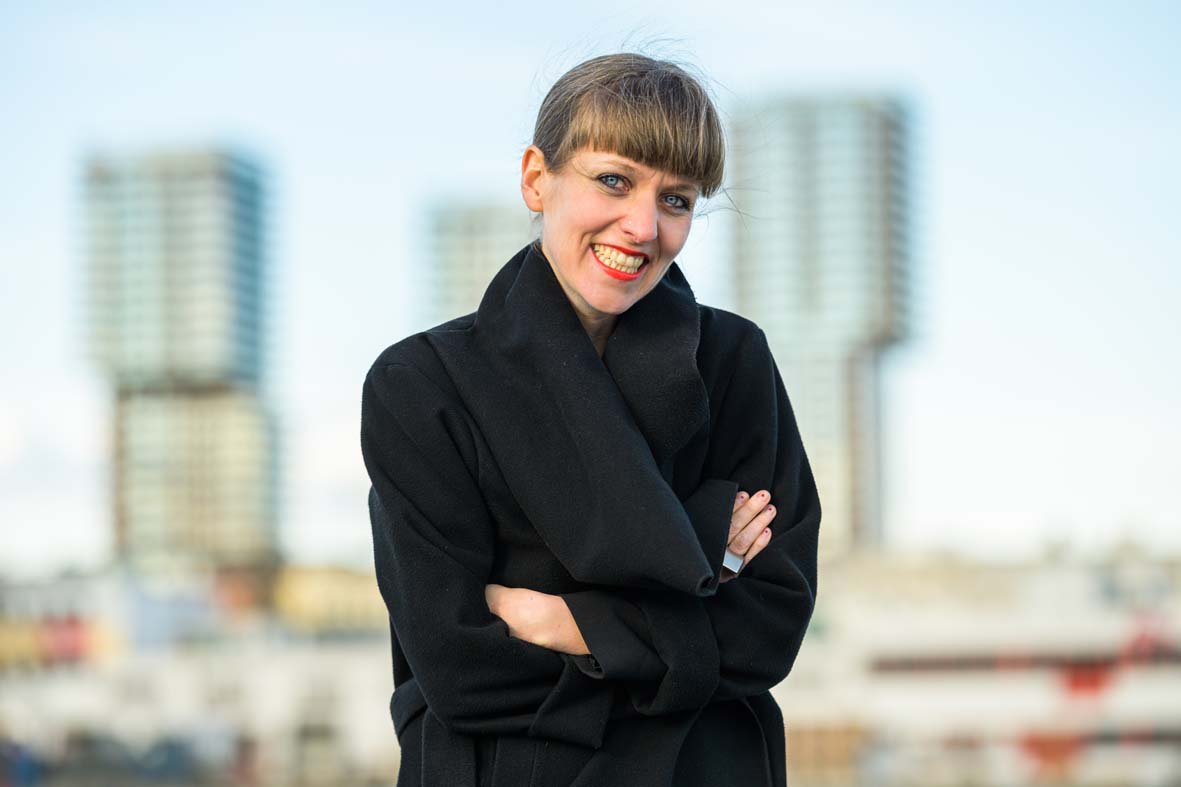 To express artistically how nature touches could mean to make visible, audible and tangible the wounds and injuries of the natural connection between man and nature. Articulating their recovery as a matter of survival is what my encounter with Katharina Reich brought me to:
To express artistically how nature touches could mean to make visible, audible and tangible the wounds and injuries of the natural connection between man and nature. Articulating their recovery as a matter of survival is what my encounter with Katharina Reich brought me to: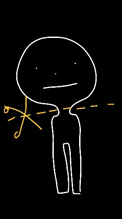 Resilience means to grow over hurdles, Katharina Reich knows how to describe very authentically from the experiences of her own life. Everyone carries resilience within oneself, although this is not so clear in moments of crisis 1). It is about "embodiment", about attentiveness to the connection between one's own body and one's mental state. As a "curator of transformation" she accompanies these processes. Art is a way of expressing oneself differently 2), emphasizes the transdisciplinary conceptual artist 3)
Resilience means to grow over hurdles, Katharina Reich knows how to describe very authentically from the experiences of her own life. Everyone carries resilience within oneself, although this is not so clear in moments of crisis 1). It is about "embodiment", about attentiveness to the connection between one's own body and one's mental state. As a "curator of transformation" she accompanies these processes. Art is a way of expressing oneself differently 2), emphasizes the transdisciplinary conceptual artist 3)1), 2) Interview with Anita Pitsch, 22:00, Folge 21 - Katharina Reich - von der Architektin und Kunstschaffenden zur Transformations-Kuratorin (stationista.com, 2021-09-25). 3) https://www.katharinareich.com/about/, 2021-09-25; Portrait image: Clemens Kneringer; painting: K. Reich.
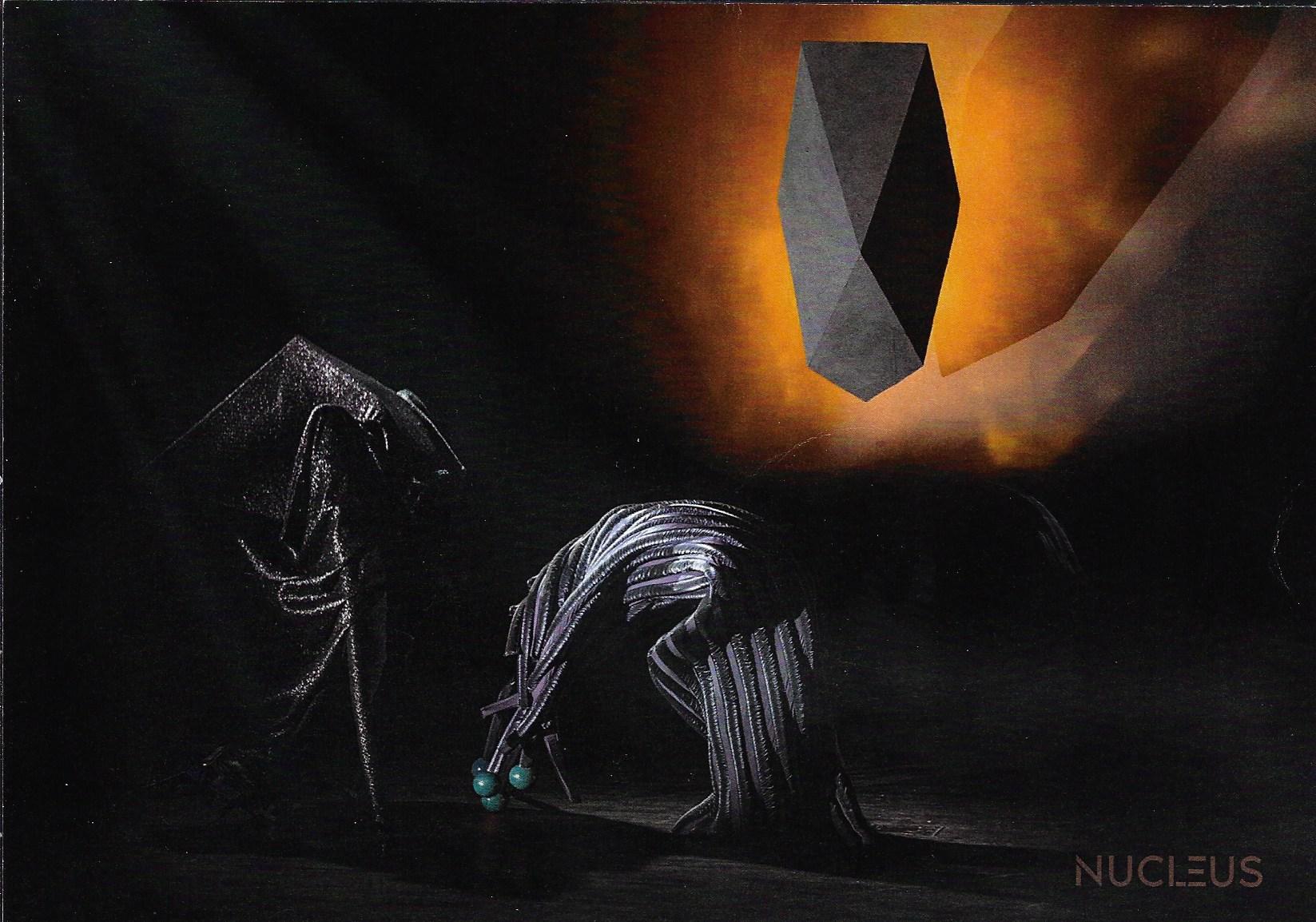
The artist collective NUKLEUS from Chur/Switzerland thematises the extinction of species in nature in the performance with live singing "EXTINCTION LAMENTO". Through a kind of poetry of artistic movement and gesture, the spatially integrated audience experiences itself more and more as a witness to the show-down. The soundscape that accompanies the action makes clear the permanence of inevitable progress - a lament "sans paroles". At the end, the deserted stage seats appear like a graveyard ..." (G.H. after the performance at the Roxy Theatre, 29.10.21, Basel) We think a retransformation of the artistic idea into poetry or lyric would be highly interesting, but also dance was a perfect mode to express the plot.
-
The musical-architectural art project "HAUS" by "studio-klangraum" encircles the perspectives of auditory architecture, sound architecture, architectural music. The three-part event at the Architekturzentrum Basel (dis)led each of the "HAUS guests", including myself, into an individual sound session with eyes closed on a gently rotating swivel chair, surrounded by a private-sensitive vocal and electronic performance by a singer. Secondly, everyone is listening from a corridor to the live-sounds in the surrounding rooms. The third session leads everyone into a virtually and holographically staged sound-space with an immersive effect. After the performance (30.10.21), G.H. walked through Basel's old town with his ears spread in a completely different way, (but with his eyes open for his own safety...). Such could also be installed in a school-building?
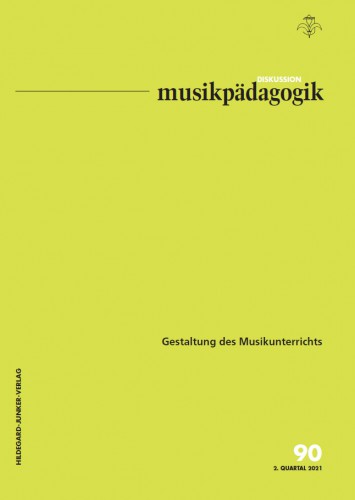 "Atmospheres of Silence" is the title of the contribution by music educator Julia Jung in issue 90/21 of the journal Diskussion Musikpädagogik. "Investigative eavesdropping on nature" she names as one of the reasons for incorporating silence exercises into her classroom-lessons. Jung describes aptly how many 'unheard' soundscapes then open up to the eavesdroppers. "Lauschen, Schauen, Bilden (Eavedropping, Watching, Shaping, G.H.)" was a related publication of Polyaesthetics, published in 1994. Christian G. Allesch, whom Jung quotes in detail, was involved in this project. And with the nature scene videos of Gerhard Laber in this pool of ideas we are proud to contribute some soundscapes immediately...
"Atmospheres of Silence" is the title of the contribution by music educator Julia Jung in issue 90/21 of the journal Diskussion Musikpädagogik. "Investigative eavesdropping on nature" she names as one of the reasons for incorporating silence exercises into her classroom-lessons. Jung describes aptly how many 'unheard' soundscapes then open up to the eavesdroppers. "Lauschen, Schauen, Bilden (Eavedropping, Watching, Shaping, G.H.)" was a related publication of Polyaesthetics, published in 1994. Christian G. Allesch, whom Jung quotes in detail, was involved in this project. And with the nature scene videos of Gerhard Laber in this pool of ideas we are proud to contribute some soundscapes immediately...- Remembering his performance with his own works at the 2020 Symposium, actor, poet, theater and music educator Hans Martin Ritter describes his artistic journey through the constraints of viral blockades:
The ongoing Corona pandemic restricted the radius of action. So the house as a place of self-encircling and the family world was predominantly the event field: in the house above all the piano playing - for me and in small house concerts - following the traces of the romanticism: Schumann and his "scenic music", Schubert, Chopin, Brahms and Debussy, also a Mozart sonata program, were present. Again and again, duo-play with Monika's flute - among others, Bach, Schubert's Variations on the Little Flowers, the Arpeggione, Fauré, also Schumann and, of course, Bach. Furthermore, dealing with my own poetry is a friendly competitor to daily piano playing. In my poems I find central life moments and images again, can express them and experience them anew. Thus, I will continue to look for possibilities to present them to others, as I have already done with the program nature - as she speaks in us and through us.
With pleasure we pass on this report, in the hope that others may also leave the shadows of distance so heartily with their creative experience and share it with us.
-
We discovered a historical context in the research about the founder of the pedagogical institution and term "Kindergarten", Friedrich Fröbel, about the year 1840. His intention was: "As in a garden under God's protection and under the care of experienced, insightful gardeners in harmony with nature, so here the noblest plants, people, children as germs and members of humanity, are to be educated in harmony with themselves, with God and nature." (Froebel, 1840, p. 8, quoted from: Förster, C.; Göller, M.; Rockstein, M. Fröbel, 2017,13) May some things sound strange to us, relationships with nature are a current topic and goal. From project to pre-scientific work, there is of course much room for improvement. We would be happy to give such initiatives pedagogical support.
-
coming soon
We look back to a couple of exemplary examples, their ideas are still alive! - School class harvested potatoes which they had planted in the TV-garden Salzburg
One class of the Montessori Elementary School Nonntal had planted potatoes in the ORF TV garden already in spring 2022 together with biological gardener Karl Ploberger and with support of the Salzburg gardeners. In autumn was harvested, accompanied by a lecture of an author on site. (https://salzburg.orf.at/tv/stories/3154238/) We suspect many attractive stories as well in the heads of the children. We would like to support them brought to the surface just as much as the potatoes... -
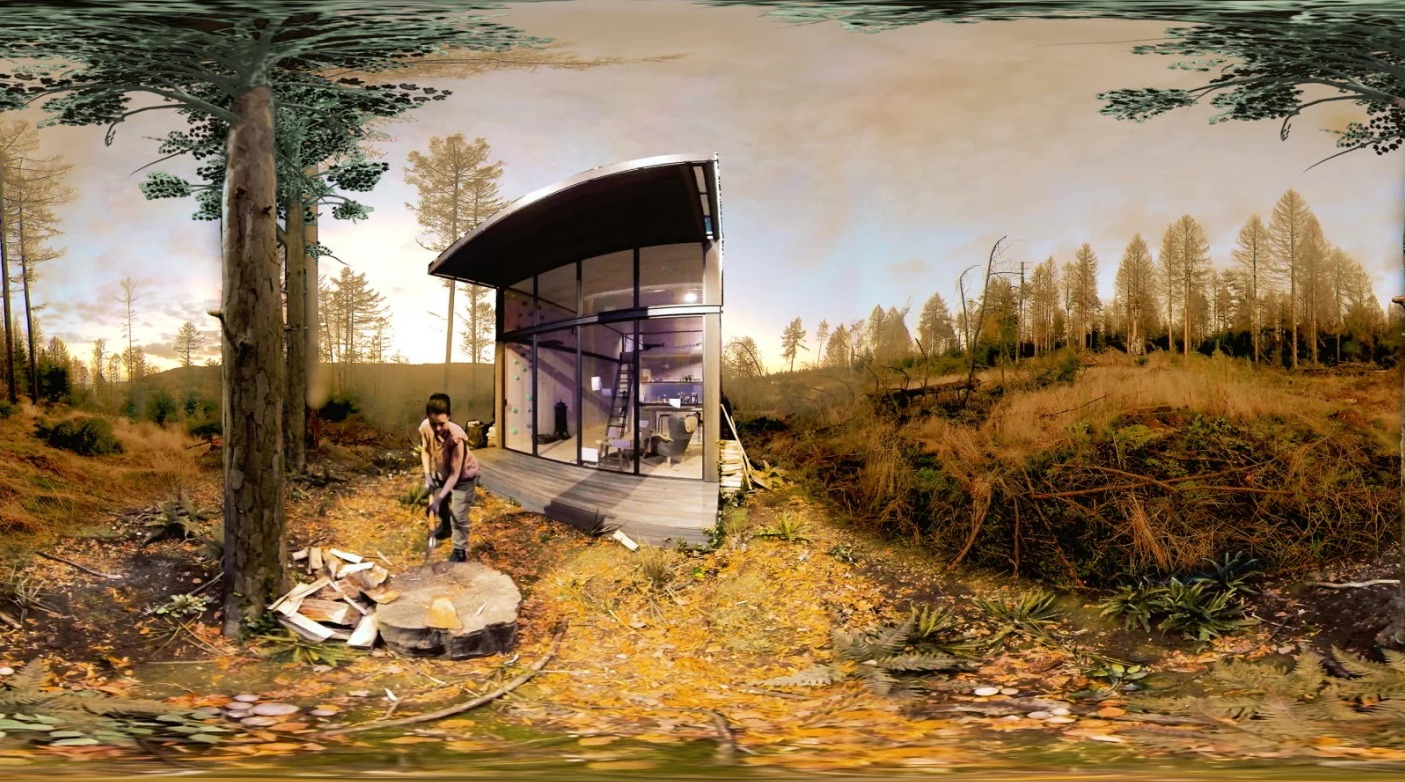 Christiane Lutz characterized the book "Die Wand" by Marlen Haushofer (1963) as "dystopian, very disturbing, and yet full of loving reflections on life, on nature" in the "Sueddeutsche Zeitung" of September 2nd, 2022, reporting about due to the installation of the plot at Schauspiel Essen in a "virtual reality format", using VR glasses, even handed over to interested parties for a booked appointment in their own home, for an immersive 360o-virtual experience in their living room. The plot shows a woman suddenly isolated in a small vacation house in a forest in her survival and then pragmatic life action, "more and more entwined by nature". A great story which could be re-enacted and self-enacted... Photo: collective archievs.
Christiane Lutz characterized the book "Die Wand" by Marlen Haushofer (1963) as "dystopian, very disturbing, and yet full of loving reflections on life, on nature" in the "Sueddeutsche Zeitung" of September 2nd, 2022, reporting about due to the installation of the plot at Schauspiel Essen in a "virtual reality format", using VR glasses, even handed over to interested parties for a booked appointment in their own home, for an immersive 360o-virtual experience in their living room. The plot shows a woman suddenly isolated in a small vacation house in a forest in her survival and then pragmatic life action, "more and more entwined by nature". A great story which could be re-enacted and self-enacted... Photo: collective archievs. -
Executive Summary | Trends Shaping Education 2022 | OECD iLibrary (oecd-ilibrary.org)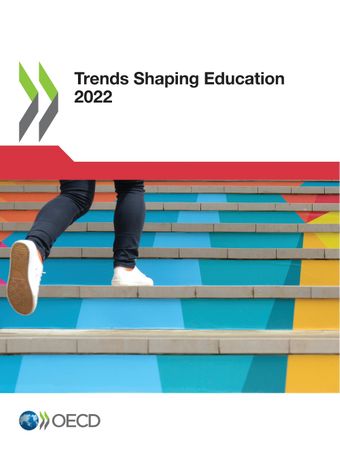 The booklet "Trends Shaping Education 2022" propagates new educational aspects about being affected by nature: "Our changing nature, highlights the intertwined societal and environmental processes that shape human well-being, from food production and eating to digital communications and face-to-face relations. We must find a new relationship between innovation and progress, what is technologically possible and our societal and planetary needs. Climate change has given us an imperative; ongoing advances in physical, cognitive and emotional enhancement further raise fundamental questions about what it means to be human." For details see
The booklet "Trends Shaping Education 2022" propagates new educational aspects about being affected by nature: "Our changing nature, highlights the intertwined societal and environmental processes that shape human well-being, from food production and eating to digital communications and face-to-face relations. We must find a new relationship between innovation and progress, what is technologically possible and our societal and planetary needs. Climate change has given us an imperative; ongoing advances in physical, cognitive and emotional enhancement further raise fundamental questions about what it means to be human." For details see
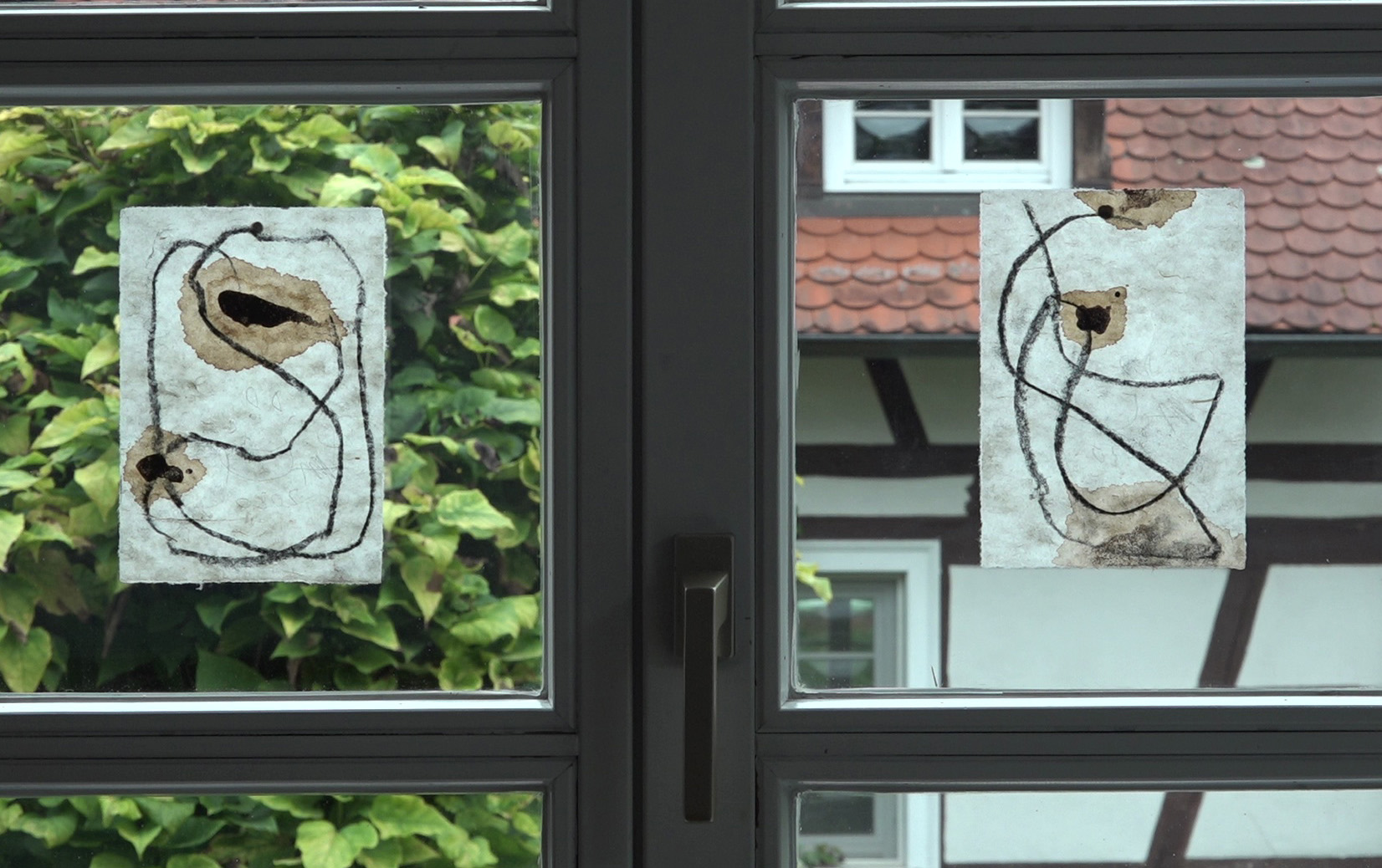 The Viennese painter, composer and performance artist Wolfgang Seierl created two series of paintings referring to the task of social distance forced by the pandemic. His work was presented at the Int. Polyaisthesis Symposium 2020 under the motto "Manuke", derived from Japanese. It problematises interpersonal closeness and distance, including philosophical texts with related issue. We can make further insights available.
The Viennese painter, composer and performance artist Wolfgang Seierl created two series of paintings referring to the task of social distance forced by the pandemic. His work was presented at the Int. Polyaisthesis Symposium 2020 under the motto "Manuke", derived from Japanese. It problematises interpersonal closeness and distance, including philosophical texts with related issue. We can make further insights available.



